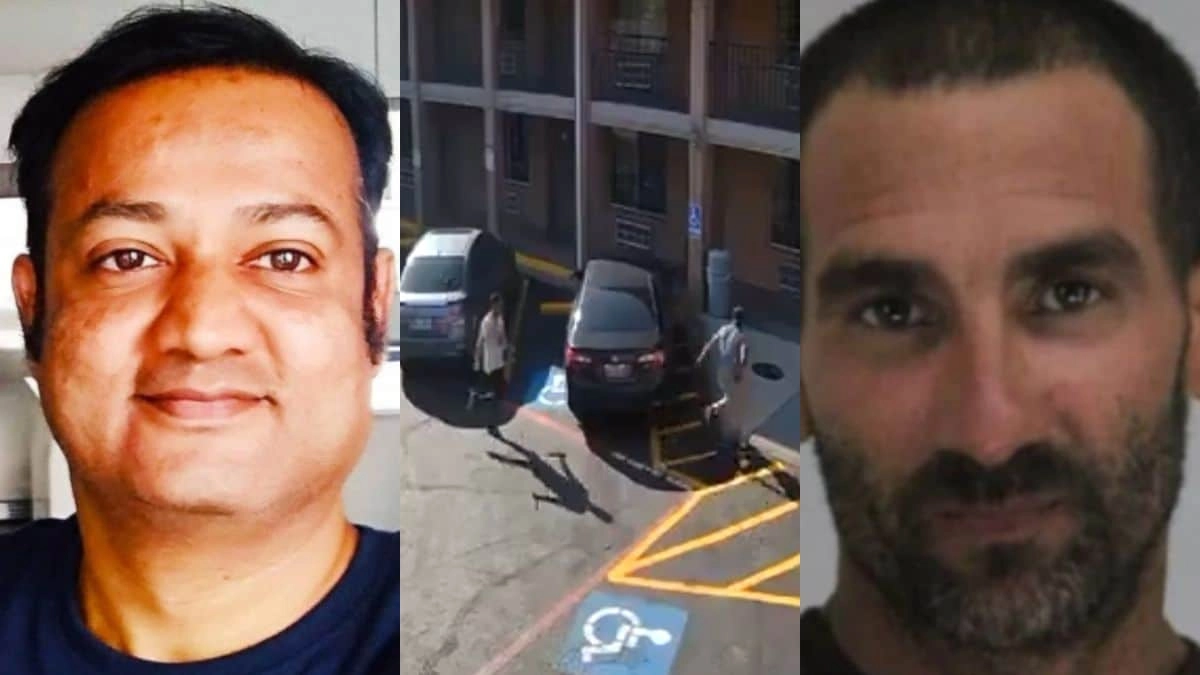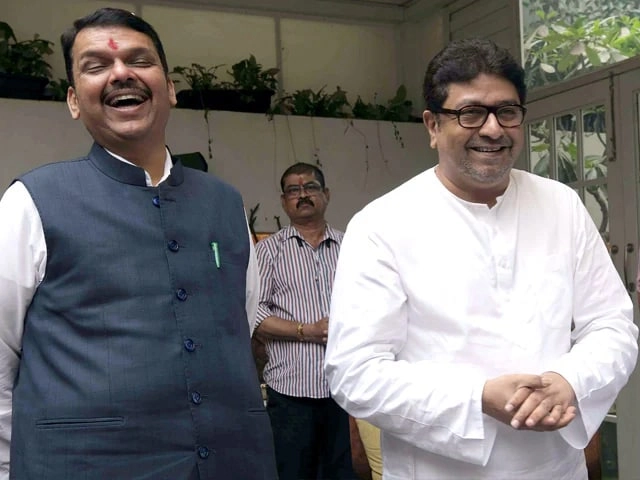The recent tragedy at the TVK Chief Vijay rally has sparked widespread outrage and calls for accountability as details surrounding the stampede continue to emerge. The event, intended to be a celebration of party unity and support for the chief, quickly descended into chaos when thousands of attendees surged forward, leading to a tragic loss of life and numerous injuries. Eyewitness accounts describe a scene of panic and confusion, with many attendees feeling trapped and overwhelmed as the crowd swelled beyond manageable proportions. This incident has raised serious questions about the event’s organization and safety protocols, prompting a national conversation about crowd management practices at large public gatherings.
In the aftermath of the stampede, a blame game has erupted among various stakeholders. Critics are directing their ire towards the rally organizers, accusing them of negligence in planning and executing the event. Many are questioning whether adequate measures were in place to ensure the safety of attendees, especially given the large turnout that was anticipated. Additionally, political opponents are using the tragedy to critique the leadership of the TVK party, arguing that such an event reflects poorly on their ability to manage public safety and uphold the welfare of their supporters. Meanwhile, the government is under pressure to investigate the circumstances that led to the stampede, with calls for accountability echoing across social media platforms and news outlets.
As the public mourns the lives lost during this tragic event, there are growing demands for immediate reforms to enhance safety protocols at political rallies and similar gatherings. Advocates for change emphasize the need for better crowd control measures, improved communication strategies, and more thorough risk assessments to prevent future incidents. Many are urging both political leaders and event organizers to take these calls seriously, recognizing that the consequences of inaction could be devastating. This rallying cry for reform is not only about honoring the victims but also about ensuring that such a tragedy never occurs again. The healing process for the community will require not just memorializing those lost but also a commitment to change that prioritizes the safety and well-being of all attendees at future events.




